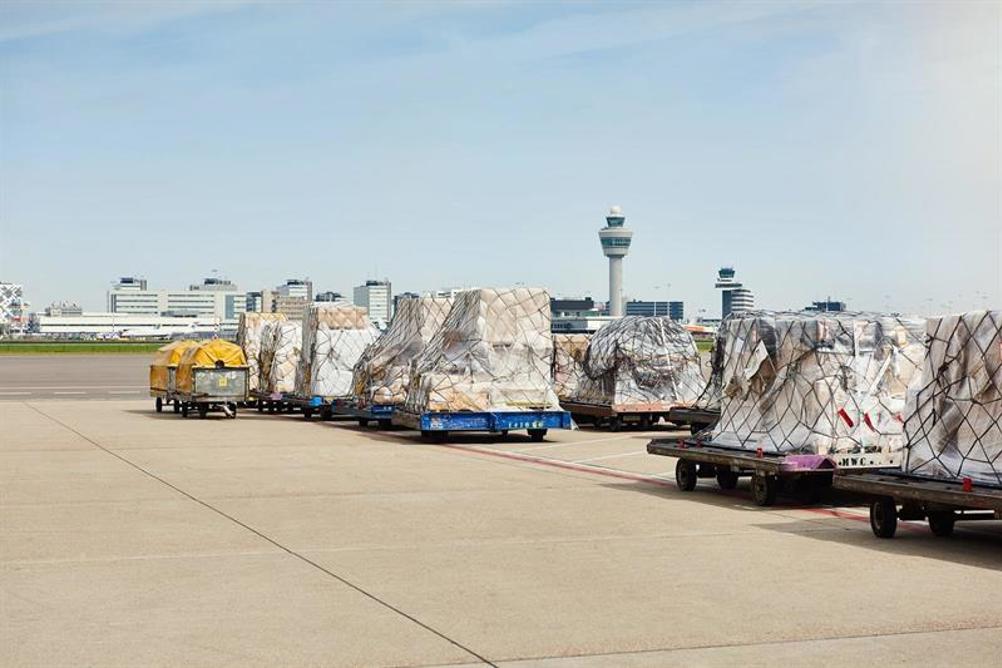
The airport's mid-year figures show overall freighter volumes have decreased by 2.7% to 843,832 tonnes, compared with 2017; this was due to a 9.4% decrease in full freighter air transport movements and the ongoing restrictions on slot availability.
“The mid-year figures reflect our expectations for a decrease in overall freighter ATMs as we continue to face capacity constraints,” commented Maaike van der Windt, Director Aviation Marketing, Cargo and Customer Experience.
“However, the increase in belly volume is a positive development for Schiphol Cargo, due to a slight growth in passenger flights since last year, and an expanded network across Latin America. Shanghai remains our main destination through the continued increase in e-Commerce in China, reaching more than 31,000 tonnes in the first six months of 2018, followed by the US with more than 22,000 tonnes.”
Despite the increase in e-Commerce, the Asian inbound market was down by 2% to 147,122 tonnes, while outbound decreased by 3% to 150,623 tonnes. European figures show a 7% inbound decline to 55,821 tonnes, compared to the same period last year, and outbound was down by 4% to 59,452 tonnes. The North American market saw an 11% inbound downfall to 64,768 tonnes, and a decrease in outbound cargo of 4% to 79,055 tonnes.
In contrast, the Latin American market has shown positive growth through a network extension on the continent, with inbound cargo up 9% to 65,255 tonnes, and a 15% increase in outbound cargo to 40,445 tonnes. African markets showed positive outbound results: there was a 7% increase in cargo to 26,674 tonnes, while inbound cargo decreased by 5% to 56,733 tonnes. The Middle Eastern region declined by 2% (for inbound freight), and 11% for outbound, posting figures respectively of 42,666 and 55,218 tonnes.
Van der Windt concluded: “Although Schiphol is facing slot constraints, we are geared towards maintaining cargo volume in the years to come.”
